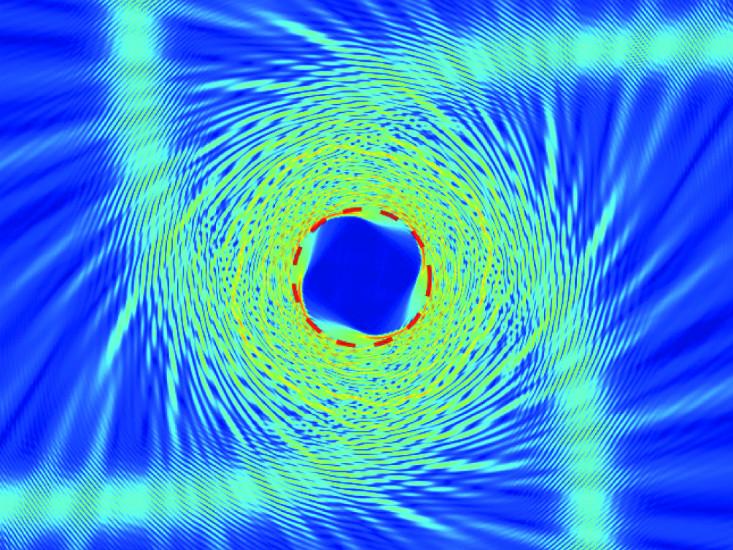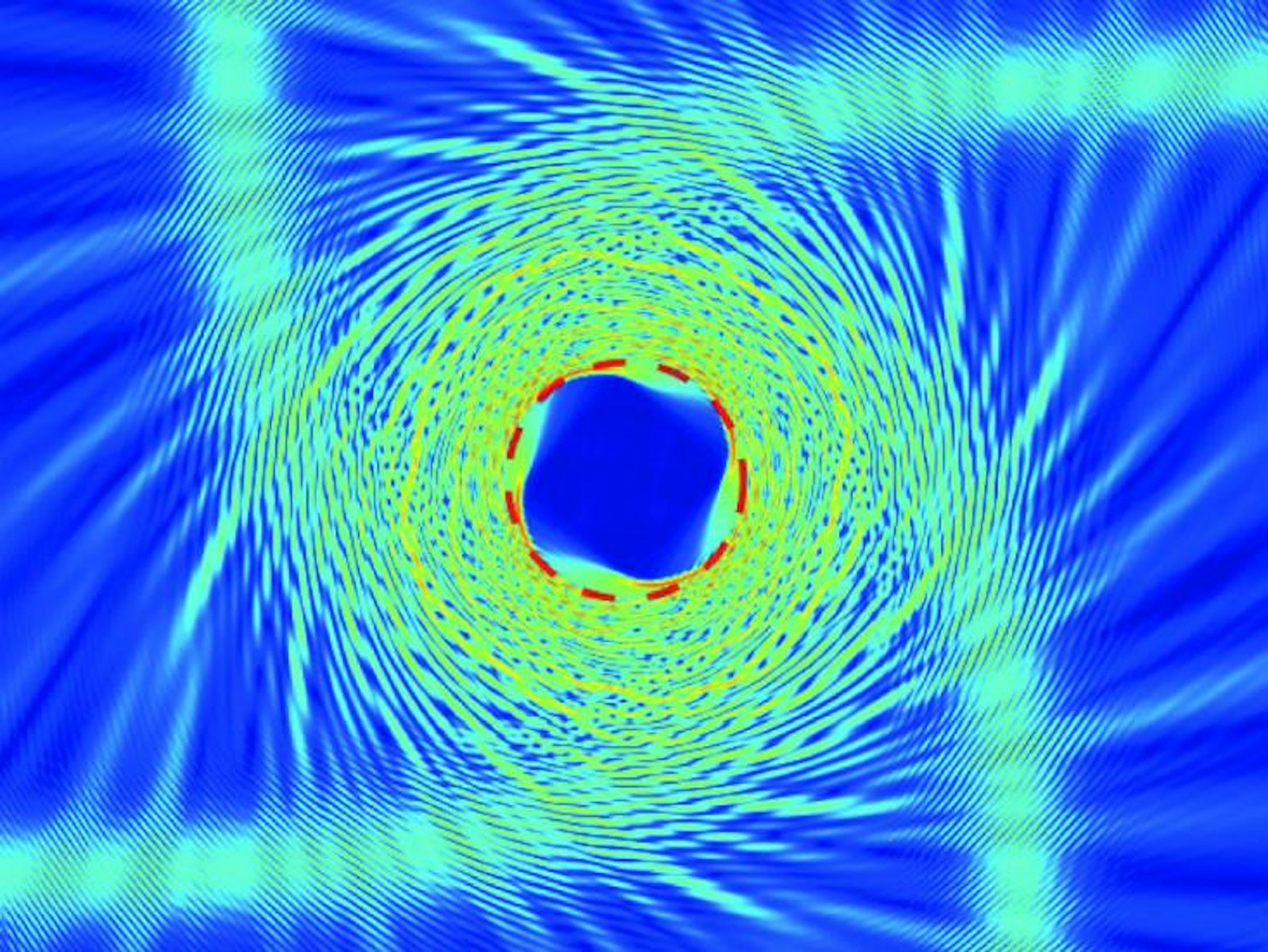
Like happy families, every free electron is alike: They all have the same mass, the same electric charge, and the same spin. But inside a solid, various interactions can make electrons behave like entirely different particles. They may act as though their mass was hundreds or thousands of times larger, or as though they were entirely massless. The quantum mechanical spin and electric charge may become separated, with those quantities carried through the material at different rates. Electrons may pair up in superconductors, acting like a single particle that carries current with no resistance.
These strange behaviors come about because electrons within solids collectively behave like a fluid made up of quasiparticles, quantum entities that carry the electric currents that power all electric and electronic devices. The quasiparticles arise from electrons, but they can behave in strikingly different ways. Most strangely of all, they act like real particles: They have measurable mass and electric charge, and they obey the same physical laws that govern more ordinary types of matter.
Many materials exhibit quasiparticle behavior that’s perfectly common but seems weird from our everyday world of classical physics. Some materials have quasiparticles that act like they have negative mass, and which are produced by the absence of electrons in its usual places. Those are known as “holes”, and rather than think of them as negative charges with negative mass, physicists treat them as positive charges with positive mass (since the physical effect is the same). Many semiconductors—ubiquitous in modern electronics—carry current primarily via holes.
At room temperatures, electrons typically move too quickly for interactions between them to be too important; quasiparticle properties instead arise from electron-atom couplings. However, in cold materials electrons can affect each other, making the fluid transporting charges act more like a liquid than a gas. The quasiparticles correspondingly have even stranger behavior, sometimes acting in ways completely unlike individual electrons.
Rather than think of them as negative charges with negative mass, physicists treat them as positive charges with positive mass (since the physical effect is the same).
In superconductors, for example, electrons pair up at cold temperatures, moving in concert, like a single particle. The result is electric current that flows without resistance. Other materials contain quasiparticles that behave as though the spin of the electron is separated from its electric charge. Yet others have quasiparticles with fractional electric charges—something impossible for free particles, since electrons are indivisible.
Quasiparticles’ most outlandish properties are seen inside metamaterials: artificial substances that can’t exist in nature because their “atoms” are actually small crystals known as “quantum dots.” These dots are arranged in a lattice like atoms in a solid, but experimenters can control their precise positions and electrical properties, where real materials are dictated by the nature of the chemical bonds. For example, researchers have used metamaterials to bend light in otherwise impossible ways, creating tiny invisibility cloaks. At very cold temperatures, the quasiparticles in metamaterials can behave in all sorts of kooky ways, exhibiting properties otherwise only seen in high-energy particle experiments. One experiment even dynamically adjusted the spacing between “atoms” in a metamaterial, causing previously massless quasiparticles to suddenly acquire mass, a low-temperature analog to the Higgs mechanism that grants electrons and quarks their mass in particle physics.
Are quasiparticles “real”? As with so many questions in quantum physics, the answer isn’t so clear. If by “real” you mean we can measure their properties and do experiments on them, then yes, they’re real. At the same time, quasiparticles are not quite as real in all the same ways as the electrons that compose them. Sometimes emergent phenomena like quasiparticles don’t fit so neatly into familiar labels like “real” and “unreal.”
Matthew Francis is a physicist, science writer, public speaker, educator, and frequent wearer of jaunty hats. He’s currently writing a book on cosmology, with the working title, Back Roads, Dark Skies: A Cosmological Journey.






























